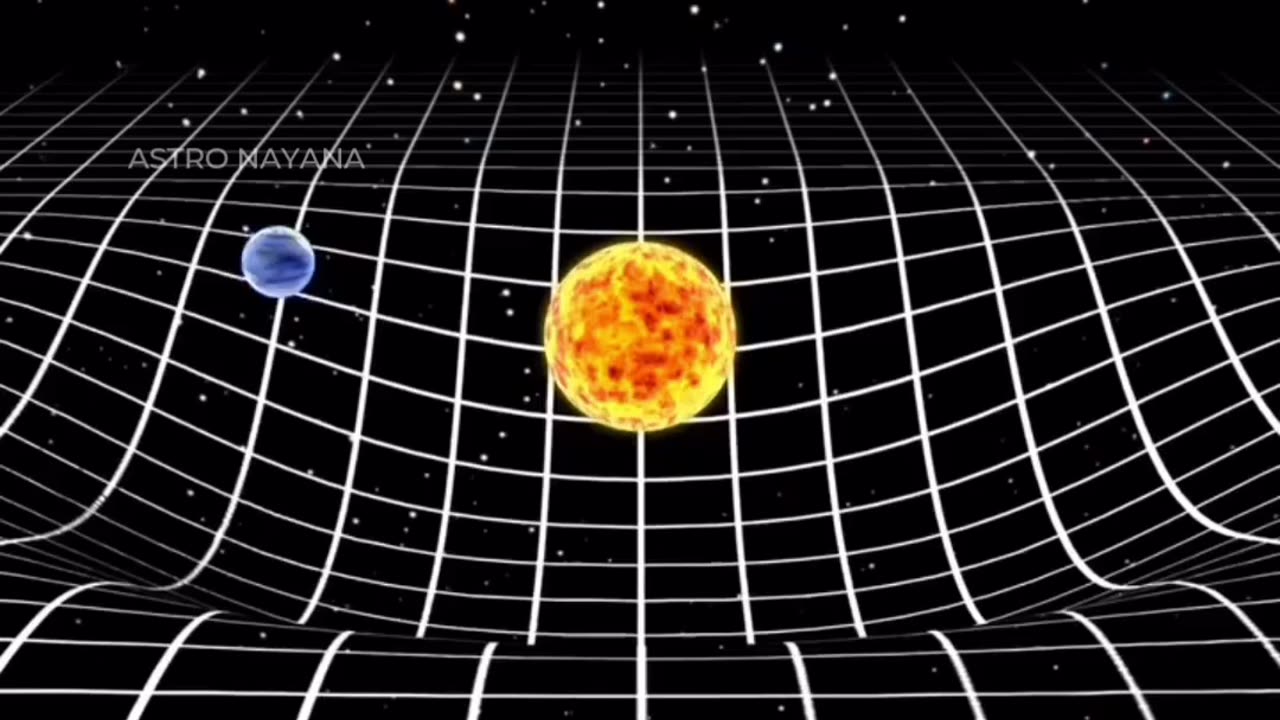Premium Only Content

Gravity
#Repost @smart_tech.__
We know gravity as force of attraction that exists between any two masses, any two bodies, any two
particles. It is by far the weakest known force in
nature and thus plays no role in determining the
internal properties of everyday matter.
Sir Isaac Newton (1642– 1727) discovered that a
force is required to change the speed or direction
of movement of an object. He also realized that the
force called “gravity” must make an apple fall from
a tree, or humans and animals live on the surface
of our spinning planet without being flung off.
Furthermore, he deduced that gravity forces exist
between all objects.
On Earth allbodies have a weight, or downward
force of gravity, proportional to their mass, which
Earth’s mass exerts on them. Gravity is measured
by the acceleration that it gives to freely falling
objects. At Earth’s surface the acceleration of
gravity is about 9.8 metres (32 feet) per second
per second. Thus, for every second an object is in
free fall, its speed increases by about 9.8 metres
per second.
The works of Isaac Newton and Albert Einstein
dominate the development of gravitational theory.
Newton’s classical theory of gravitational force
held sway from his Principia, published in 1687,
until Einstein’s work in the early 20th century.
Newton’s theory is sufficient even today for all but
the most precise applications. Einstein’s theory of
general relativity predicts only minute quantitative
differences from the Newtonian theory except in a
few special cases. The major significance of
Einstein’s theory is its radical conceptual departure
from classical theory and its implications for
further growth in physical thought.
-
 LIVE
LIVE
MattMorseTV
49 minutes ago🔴It's EVEN WORSE than we thought...🔴
545 watching -
 LIVE
LIVE
SpartakusLIVE
1 hour ago#1 Rocket CHAMPION of Verdansk wields UNSTOPPABLE new META
232 watching -
 56:41
56:41
Donald Trump Jr.
2 hours agoFull Court Press: Sen Eric Schmitt Writes New Playbook for the Left's Lawfare | TRIGGERED Ep.270
11.5K33 -
 1:17:26
1:17:26
Katie Miller Pod
1 hour agoEpisode 3 - Senator Katie Britt | The Katie Miller Podcast
27 -
 1:05:24
1:05:24
BonginoReport
2 hours agoTrump Protects Old Glory in New EO! - Nightly Scroll w/ Hayley Caronia (Ep.119) - 08/25/2025
31.4K18 -
 LIVE
LIVE
The Jimmy Dore Show
1 hour agoSnoop Dogg Is DONE w/ LBGTQ+ Propaganda In Kids Movies! Trump Outlaws Burning the U.S. Flag!
5,361 watching -
 LIVE
LIVE
Quite Frankly
5 hours ago"Weekend News, All-Time Physical Feats, Mixed Reels" 8/25/25
367 watching -
 LIVE
LIVE
The Mike Schwartz Show
2 hours agoTHE MIKE SCHWARTZ SHOW Evening Edition 08-25-2025
4,157 watching -
 1:43:44
1:43:44
MTNTOUGH Podcast w/ Dustin Diefenderfer
17 hours agoEddie Penney: DEVGRU to Single Dad of 3 Overnight | MTNPOD #130
222 -
 1:28:57
1:28:57
Kim Iversen
2 hours agoSomeone Stole Kim's Identity — And Bought a Car! | Dr Drew Pinsky On Sex, Drugs & Censorship
23.4K18